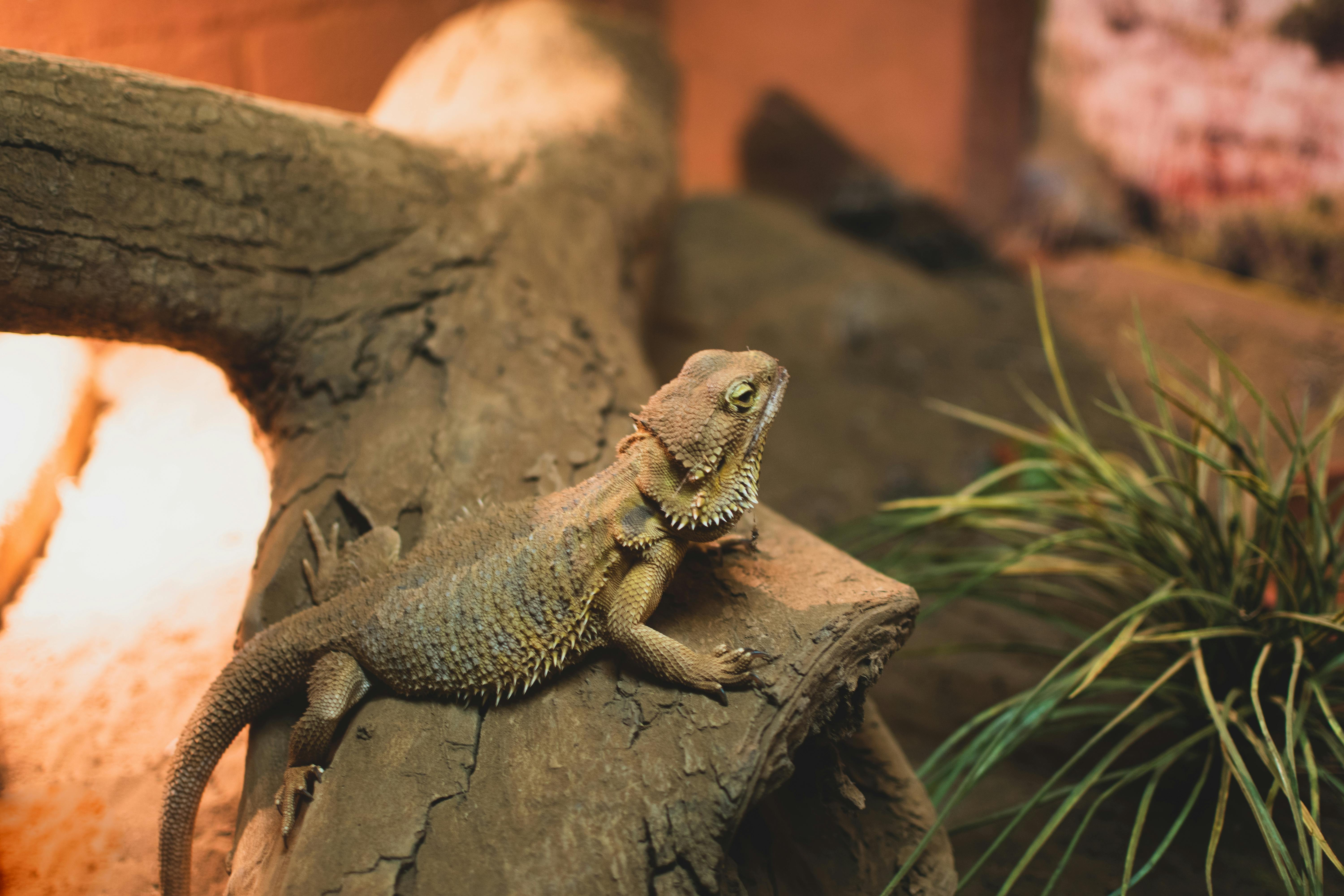Bearded Dragon Behavior: Decoding the Secrets of These Charismatic Lizards
Bearded dragons have captivated reptile enthusiasts with their unique personalities and expressive behaviors. These fascinating creatures, native to Australia, have become increasingly popular as exotic pets in recent years. But what lies beneath their scaly exterior? Let's delve into the intriguing world of bearded dragon behavior and uncover the hidden language of these charismatic lizards.

These lizards developed a unique set of behaviors to communicate with one another and navigate their surroundings. From head bobbing to arm waving, each gesture serves a specific purpose in their social interactions and survival strategies. The beard, which gives them their name, is not just for show – it’s a powerful tool for communication and defense.
The Language of Head Bobbing
One of the most distinctive behaviors exhibited by bearded dragons is head bobbing. This seemingly simple action is actually a complex form of communication with various meanings depending on the context. Male bearded dragons often use rapid head bobs to assert dominance or attract potential mates. Slower, more deliberate head bobs can indicate submission or recognition of another dragon’s presence.
Interestingly, the frequency and intensity of head bobbing can vary greatly between individuals and situations. Some dragons may be more prone to this behavior than others, reflecting differences in personality and social status within their group. By observing the nuances of head bobbing, researchers and pet owners alike can gain valuable insights into the emotional state and intentions of these fascinating reptiles.
Arm Waving: A Gesture of Submission and Recognition
Another intriguing behavior in the bearded dragon’s repertoire is arm waving. This gentle, circular motion of one front leg is often observed when dragons encounter each other or when approached by a larger creature, including humans. While it may appear whimsical, arm waving serves an important function in bearded dragon society.
Primarily, arm waving is a sign of submission or acknowledgment. It’s a way for dragons to communicate that they pose no threat and wish to avoid conflict. In the wild, this behavior can help prevent aggressive encounters and conserve energy for more critical activities like hunting and mating. For pet bearded dragons, arm waving towards their human caretakers may indicate recognition and a sense of comfort in their presence.
The Beard Display: More Than Just a Name
The bearded dragon’s most iconic feature – its beard – plays a crucial role in their behavioral displays. When threatened or attempting to appear more intimidating, these lizards can expand their throat pouch and darken the scales in this area, creating the appearance of a formidable beard. This display is often accompanied by an open-mouthed stance and a flattening of the body to appear larger.
The beard display serves multiple purposes in bearded dragon communication. It can be used to ward off potential predators, assert dominance over rivals, or even as part of courtship rituals. The ability to rapidly change the color and size of their beard allows these lizards to convey a wide range of emotions and intentions with remarkable efficiency.
Basking Behavior: The Art of Thermoregulation
Bearded dragons are ectothermic, meaning they rely on external sources of heat to regulate their body temperature. This fundamental aspect of their biology has a profound influence on their behavior. Basking – the act of deliberately exposing themselves to heat sources – is a critical daily activity for these reptiles.
In the wild, bearded dragons can often be seen perched on rocks or branches, soaking up the sun’s rays. This behavior not only helps them maintain optimal body temperature but also aids in digestion and overall metabolic function. Pet bearded dragons exhibit similar basking behaviors, often gravitating towards heat lamps or warm spots in their enclosures. Understanding and providing for this essential behavior is crucial for the health and well-being of captive dragons.
Social Dynamics: Solitary Yet Complex
Contrary to some misconceptions, bearded dragons are not strictly solitary creatures. While they can thrive on their own, they also engage in complex social interactions when in the presence of other dragons. These interactions are governed by a subtle hierarchy and can involve a range of behaviors from peaceful coexistence to territorial disputes.
In captivity, bearded dragons may form bonds with their human caretakers, recognizing them and even displaying affectionate behaviors. This social plasticity makes them fascinating subjects for behavioral studies and contributes to their popularity as pets. However, it’s important to note that introducing multiple bearded dragons in a captive environment requires careful consideration and monitoring to ensure harmonious coexistence.
The Impact of Environment on Behavior
The environment in which a bearded dragon lives has a significant influence on its behavior. In the wild, these lizards have adapted to a semi-arid habitat with specific temperature gradients, light cycles, and dietary options. Replicating these conditions as closely as possible in captivity is essential for promoting natural behaviors and overall well-being.
Factors such as enclosure size, lighting, temperature regulation, and dietary variety can all impact a bearded dragon’s behavior. For example, insufficient space or improper heating can lead to stress-related behaviors, while a well-designed habitat can encourage natural foraging, basking, and exploratory behaviors. Understanding these environmental influences is crucial for both pet owners and researchers studying bearded dragon behavior.
In conclusion, the behavior of bearded dragons is a rich tapestry of evolutionary adaptations, social dynamics, and environmental responses. By decoding their unique language of gestures, displays, and habits, we can gain a deeper appreciation for these charismatic lizards and provide them with the care and understanding they deserve. Whether in the wild or as beloved pets, bearded dragons continue to captivate us with their complex and fascinating behaviors.





